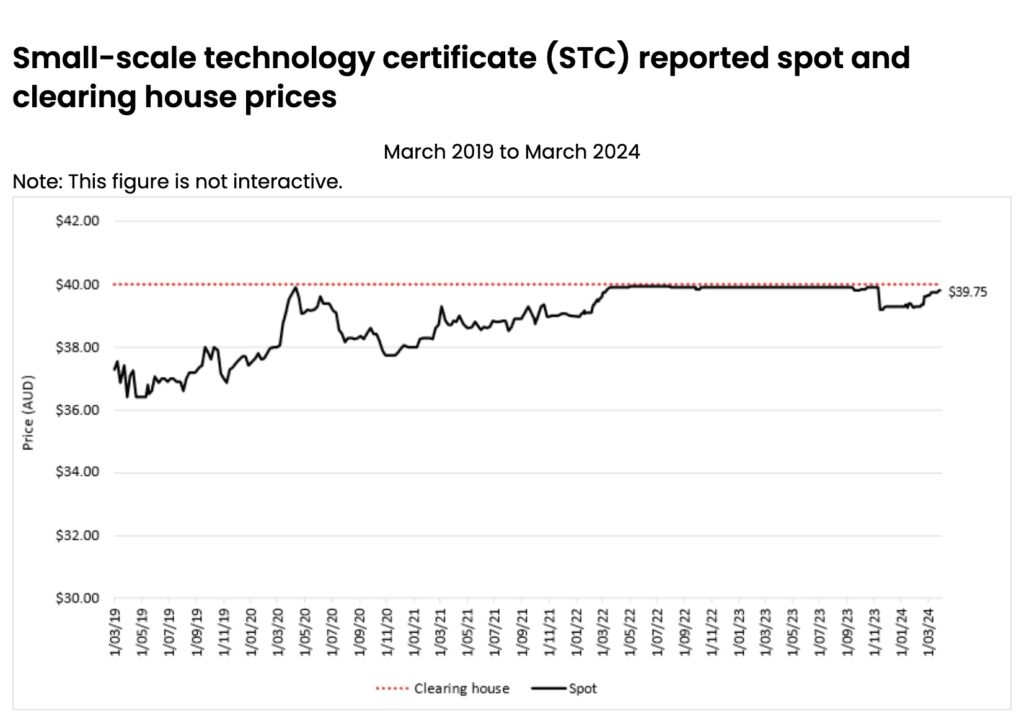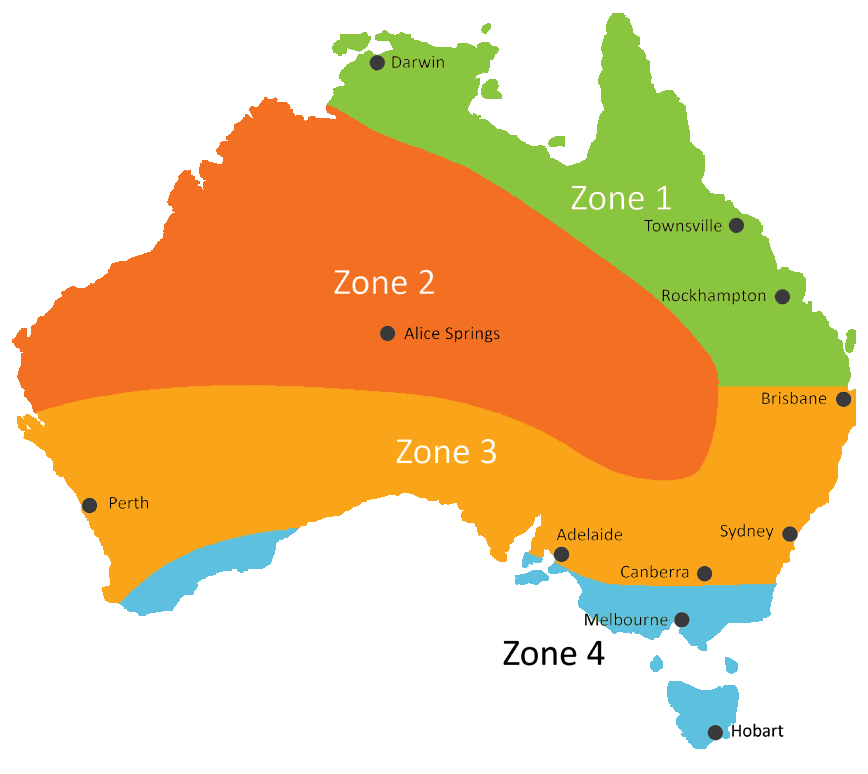Australia’s STC (Small-scale Technology Certificate) rebate scheme plays a crucial role in making solar energy more affordable for homeowners and businesses. By understanding how STCs work, their value, and how they are calculated, you can maximise your savings when installing a solar power system. In this guide, we’ll break down the key details of the STC rebate scheme, including how it works, current prices, and how to calculate your potential savings.

What are STCs?
STCs, or Small-scale Technology Certificates, are a part of Australia’s Renewable Energy Target (RET) scheme. The government introduced this initiative to encourage the adoption of renewable energy technologies, such as solar, wind, and hydropower. When you install a solar energy system, you are eligible to receive a certain number of STCs, which can then be sold or traded for a rebate on your solar installation (nearly always as a point of sale discount).
The number of STCs you receive depends on several factors, including the size of your system, your location, and the installation date. Generally, the larger the system and the sunnier your region, the more STCs you can generate. These certificates represent the environmental benefits of your solar system, as they offset carbon emissions by producing clean energy.
How Does the STC Rebate Scheme Work?
The STC rebate scheme operates on a simple principle: every megawatt-hour (MWh) of renewable energy your solar system is expected to produce over a period of time earns you a set number of STCs. Once you have these certificates, you can sell them to liable entities, such as electricity retailers, who are required by law to purchase STCs to meet their own renewable energy targets.
The value of STCs fluctuates based on market conditions, similar to stocks or other tradeable assets. However, the price is generally stable and has ranged between $30 and $40 per STC in recent years. Nearly always when installing a new solar system, the installer does the STC paperwork and the homeowner gets a point of sale discount when purchasing the solar system.

How are STC Prices Determined?
STC prices are determined by market demand and the Renewable Energy Certificate (REC) market. Supply and demand influence the trading price, with higher demand typically driving up the price. However, there is also a cap on the STC price, currently set at $40. This means that even in times of high demand, the price cannot exceed this maximum.
Additionally, the number of STCs available each year decreases as the government gradually reduces the RET target. This gradual reduction is designed to reflect the decreasing cost of solar technology and to ensure the market remains balanced. As the RET target decreases, the number of STCs issued for new installations will also decline.
Calculating the Value of STCs for Your Solar System
The total rebate you receive from STCs depends on how many certificates your system generates. To calculate this, you need to know the following:
- System Size: Larger systems produce more energy and generate more STCs. A 6.6kW solar system, for example, will generate more certificates than a 3kW system.
- Location: Different regions of Australia have varying levels of sunlight, which affects the number of STCs you can claim. Areas with higher solar exposure, such as Queensland and Western Australia, receive more certificates than Tasmania.
- Year of Installation: The number of STCs issued also depends on the year of installation. As mentioned, the RET scheme gradually reduces the number of certificates available each year. This means the sooner you install your system, the more STCs you can claim.
To estimate how many STCs your system will generate, you can use our STC calculator or consult your solar installer for a more accurate figure. Once you know your system’s eligible STCs, multiply that number by the current STC price to calculate your rebate.
For example, if your system generates 63 STCs and the current market price is $39 per STC, your rebate would be $2,457 (63 STCs x $39).

How to Claim Your STC Rebate
Claiming your STC rebate is a straightforward process. Most solar installers handle the STC claim on your behalf and offer a point-of-sale discount on your solar system. This means the installer calculates the value of your STCs and deducts that amount from the total cost of your installation. You benefit from the rebate immediately, without the need to sell or trade the certificates yourself.
Alternatively, if you prefer to manage the process independently, you can register your STCs with the Clean Energy Regulator and sell them on the open market. However, this method requires more effort and may involve some risk, as STC prices fluctuate. Homeowners almost never bother doing this themselves as there is little or no financial saving in doing so.
The Future of the STC Rebate Scheme
The STC rebate scheme is set to continue until 2030, with the number of STCs reducing each year. This gradual phase-out aligns with the decreasing cost of solar technology and the government’s long-term renewable energy goals. As solar prices continue to drop, the rebate will likely become less of a factor in the overall cost of solar installations.
However, even with the reduction in STCs, solar power remains an excellent investment. The falling cost of solar systems, combined with ongoing electricity savings, makes switching to solar a financially smart decision for most Australian households.
The Bottom Line: STCs Make Solar More Affordable
The STC rebate scheme is an essential part of making solar power accessible and affordable for Australian homeowners and businesses. By understanding how STCs work, the current market price, and how to calculate your rebate, you can maximise your savings and reduce the upfront cost of installing a solar system.
As solar energy continues to grow in popularity, taking advantage of the STC rebate now can help you lock in savings before the scheme gradually phases out. Whether you choose to sell your STCs through your installer or manage the process independently, the rebate can significantly reduce the cost of going solar.
For more details on the STC rebate and how it can benefit you, speak with your solar installer.